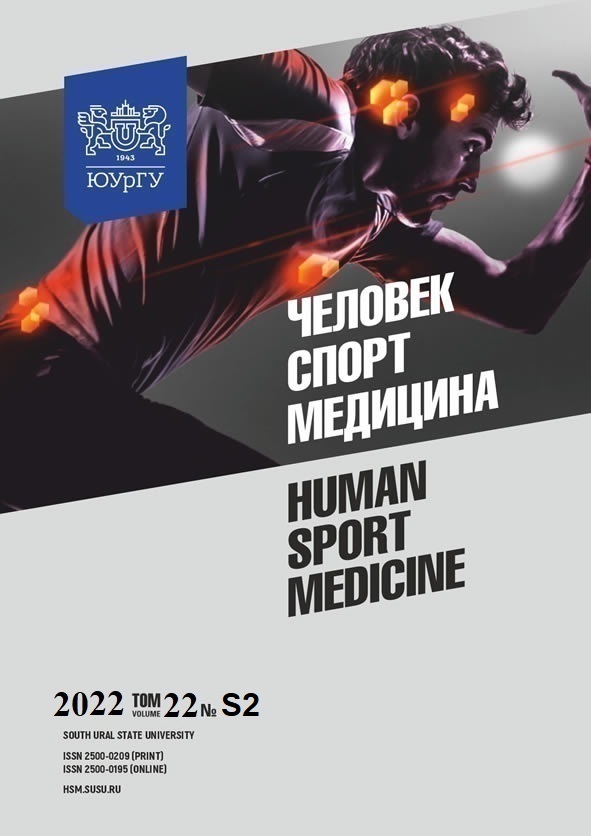INVESTIGATION OF THE RELATIONSHIP BETWEEN ANTHROPOMETRIC CHARACTERISTICS AND MUSCULAR STRENGTH IN ELITE TURKISH MOUNTAIN BIKERS
Abstract
Aim. The aim of this study was to investigate the relationship between anthropometric characteristics and muscular strength of Turkish elite moutain bikers. Materials and methods. The study group consisted of 12 Turkish elite male mountain bikers who participating in national and international cross country olimpic (XCO) mountain bike races in elite category for the last 2 years. Participants mean age was 22.4 ± 3.4 years, body height was 173.2 ± 5.18 cm, and body mass was 55.7 ± 75.2 kg. Participants body height and weigth were measured and body mass index of participants was calculated. To determine the muscular strength, one repetition maximum (1-RM) tests were performed on participants. The association between anthropometric characteristics and the muscular strength performance were determined by the Pearson correlation coefficient. Results. The mean of body heigth was positively correlated with 1-RM means for triceps pull-down and leg extension, body weigth was positively correlated with 1-RM means for biceps curl, triceps pull-down, shoulder press, lat pulldown, abdominal crunch, leg extension and leg curl, BMI was positively correlated with 1-RM means for shoulder press, chest press and leg curl (p < .05). However, mean age not correlated with 1-RM means for all exercises (p > .05). Conclusions. In conclusion, body weight and body mass index values are important parameters to be considered in evaluation of muscle strength and strength training in mountain bike riders.
References
References on translit
Copyright (c) 2022 Human. Sport. Medicine

This work is licensed under a Creative Commons Attribution-NonCommercial-NoDerivatives 4.0 International License.















